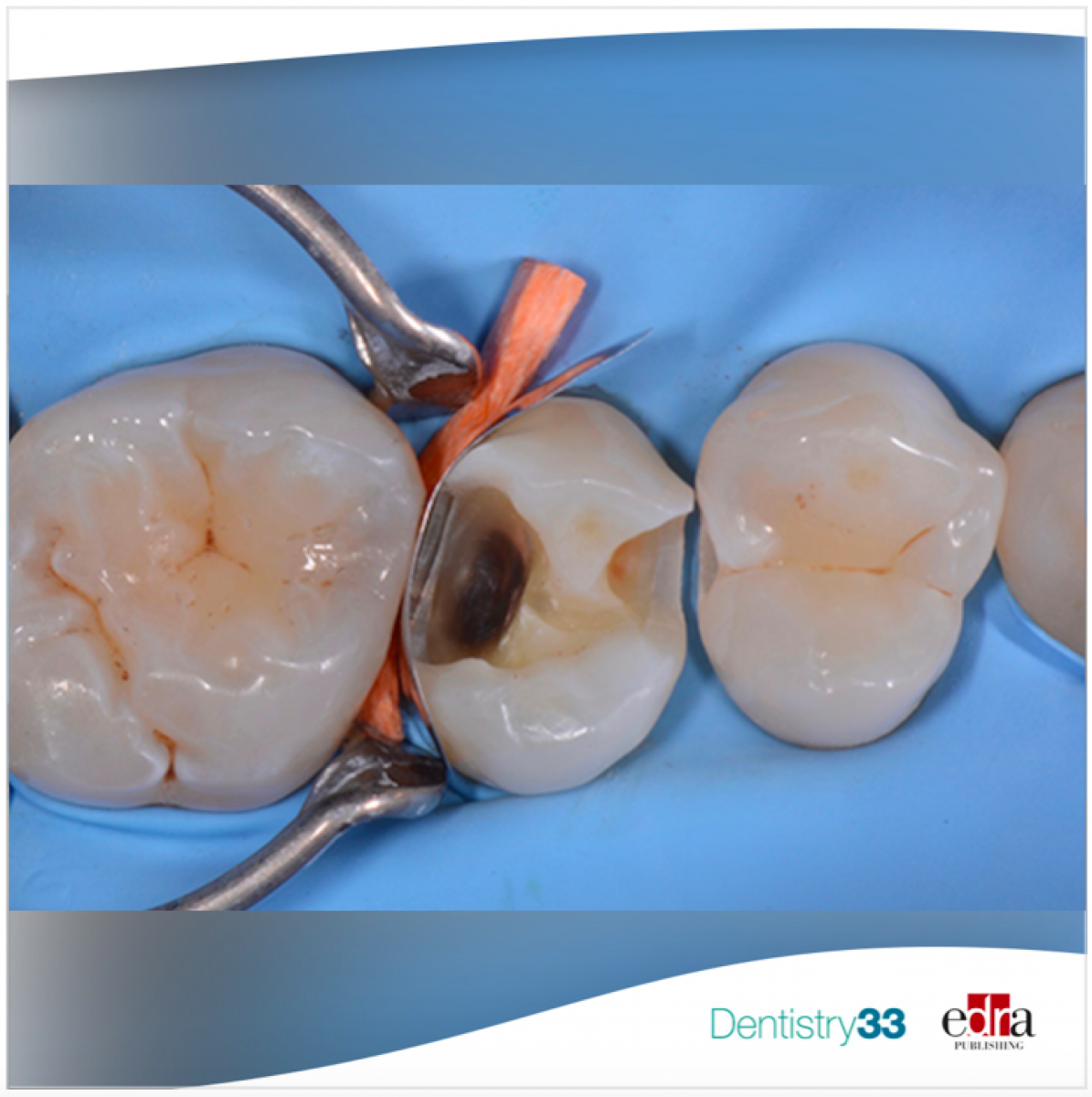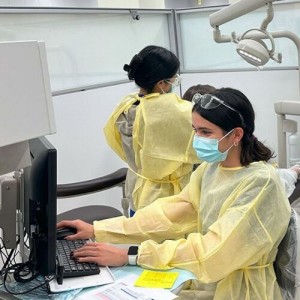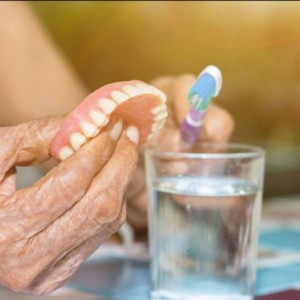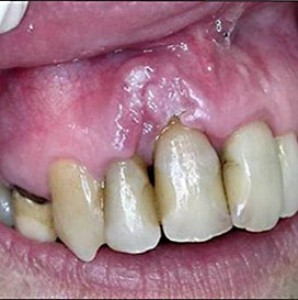
Second class restorations: which material between nano-hybrid composite and bulk-fill composite?
Lorenzo Breschi
Manufacturers are constantly introducing new compositions with different fillers and matrices, and several years ago they introduced bulk-fill composites. These materials promised time saving and higher layer thickness (up to 4-5mm). Some bulk-fill materials contain a new initiator – Ivocerin- which gives more translucency to the composite and allow the clinicians to place it in larger cavity with thickness layer increased and a shorter time for polymerization (10s).
Several studies have been conducted which reported good results for bulk-fill composites due to reduced polymerization shrinkage stress, adequate curing depth up to 4 mm, good bond strength, independent of the filling technique or cavity configuration.
Hoffmann and Kunzelmann conducted an in vivo study to investigate the behavior of four different combinations of composites: 1) the combination of a low-viscosity bulk-fill composite with 4 mm of thickness with a high viscosity bulk-fill capping layer of 2 mm of thickness; 2) a high viscosity bulk-fill composite applied in a layer of 4 mm; 3) high viscosity bulk-fill composite applied in layer of 2 mm of thickness; 4) a nanohybrid composite as control group in layer of 2 mm of thickness. The authors observed the restorations for 2 years.
Materials and methods The authors studied a low-viscosity (SDR), a high-viscosity bulk-fill (Tetric EvoCeram Bulk Fill) and a conventional nanohybrid composite (Tetric EvoCeram), they randomly assigned the materials to patients and performed 160 class-II cavities in 94 patients. Restorations were clinically examined at baseline (n = 160), after 12 (n = 150) and 24 months (n = 148) and evaluated according to eight selected FDI criteria scored 1-5: 1) surface lustre; 2) surface staining; 3) marginal staining; 4) color match and translucency; 5) esthetic anatomical form; 6) fracture of material and retention; 7) marginal adaptation; 8) postoperative sensitivity and tooth vitality . In case of complete loss of the restoration or irreversible pulpitic symptoms, the restoration was rated as failure; repair was considered as relative failure.
Results After 2 year of follow-up the results obtained by Hoffmann and Kunzelmann showed that the materials investigated had no significant differences regarding the FDI scores and failure rate during the entire follow-up. After 12 months, 7 failures and after 24 months a total of 8 failures were observed. After 2 years, Tetric EvoCeram Bulk Fill with a 4-mm layer thickness and SDR in combination with Tetric EvoCeram Bulk Fill with a 2-mm layer thickness exhibited a non-significant tendency towards increased hypersensitivity (FDI score 5) as compared to the reference material Tetric EvoCeram with a 2-mm layer thickness (p = 0.051; Kruskal-Wallis test).
Conclusion The authors and their research group concluded that the 2- years outcome of the bulk-fill composites were comparable to nanohybrid traditional composites.
(Photocredit: Dott.ssa Federica Florenzano)
For further information: Bulk-fill Composites Compared to a Nanohybrid Composite in Class-II Cavities - A Two-year Follow-Up Study
Bulk-fill composites; nanohybrid composite; FDI criteria; viscosity; thickness
 Related articles
Related articles
Restorative dentistry 29 September 2025
Describes the views of dentists with differing backgrounds on the restorative management of failing bridgework.
Restorative dentistry 12 September 2025
Traumatic tooth injuries involve function and aesthetics and cause damage that range from minimal enamel loss to complex fractures involving the pulp tissue and even loss of the tooth crown.
The concept of the minimal important difference (MID) of an oral health-related quality of life (OHRQoL) questionnaire has been proposed to refer to the smallest OHRQoL score difference considered to...
The purpose of restorative dentistry is to restore and maintain health and functional comfort of the natural dentition combined with satisfactory aesthetic appearance.
Restorative dentistry 22 July 2025
Disruptive Innovation in Dentistry: What It Is and What Could Be Next
Dentistry is a technically oriented profession, and the health care sector is significantly influenced by the ubiquitous trend of digitalization. Some of these digital developments have the potential...
 Read more
Read more
Editorials 10 October 2025
With proud smiles and crisp white coats, ninety-three learners from the DDS Class of 2029 and the International Dentist Pathway Class of 2028 marked the start of their dental careers at the UCSF...
Periodontology 10 October 2025
Continuous professional development (CPD) in Periodontology refers to the overall framework of opportunities that facilitate a life-long learning practice, driven by the learner-practitioner and...
TheraBreath, the #1 alcohol-free mouthwash brand in the U.S.*, has introduced a new line of dentist-formulated, clinically tested toothpastes designed to support professional oral care...
News 10 October 2025
New officers and trustees were installed at the Minnesota Dental Association’s Leadership Conference on September 19 in Minneapolis.
News 10 October 2025
Smartee Denti-Technology today announced that Professor Gang Shen, its Chief Scientist and Executive President of TaiKang ByBo Dental, has once again been named to the World’s Top 2% Scientists...















